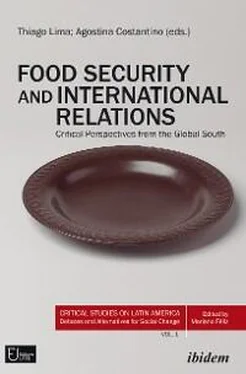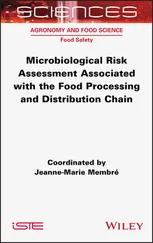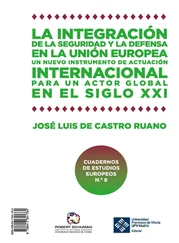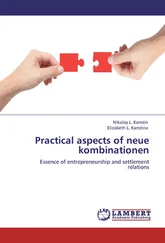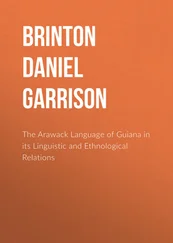To guarantee the food independence and sovereignty of all people, according to La Via Campesina (2001), food must be produced through diversified systems. The organization argues that people have the right to define their own agricultural and food policies, as well as protect and regulate agricultural production and domestic trade in order to achieve sustainability goals, and determine the extent to which they want to be self-sufficient and restrict product dumping on their markets. This requires trade policies and practices that serve people’s rights to safe, healthy and ecologically sustainable production. The protectionist policies adopted primarily by developed countries make it difficult to act on a level playing field in commodities markets. However, there may be a need for protection precisely from the destructive potential of the international commodities market. The idea of food sovereignty therefore implies that communities have the autonomy to decide how to distribute and sell their food.
High commodities prices in 2007/2008 were emblematic of food insecurity caused by jolts in the international market. Ziegler (apud CHADE, 2009, p. 11), a former UN rapporteur on the right to food, emphasized that “in 2008, hunger killed more people than all the wars combined that year.” Chade (2009) argues that the World Bank, the International Monetary Fund (IMF) and the UN itself stopped giving aid to small farmers in poor countries for approximately twenty years, which exacerbated problems when commodities prices increased. In truth, rather than abandonment, it may be possible to talk about a project making food sovereignty more vulnerable.
The idea of food sovereignty advocates for people’s right to healthy and culturally appropriate food, produced ecologically and sustainably, while valuing the role of women. It implies that a community is able to define its own nutrition and agrifood systems, i.e., the effective right to choose what we should eat, where the food comes from and how it should be grown. However, it is important to avoid adopting a romantic approach to food sovereignty, which could hinder an open and creative reflection on the systemic challenges of eliminating hunger worldwide.
4 Agrifood relations: from a local to global capitalist system
Taking food as the central axis of human relations, the chapters in this collection raise and refocus the question of how to feed people in a world divided into nations, states and social classes. Indeed, one dimension common to all the texts is the international theme. This does not mean, however, that the analysis is restricted to the level of state relations. In contrast, the authors in this collection acknowledge that to address the topic of food, it is essential to remember that the biological constitution of the human being tethers us to the need to harvest from nature and eat in order to produce and reproduce. Every single day. How this occurs, however, is socially constructed, from relationships between neighbors to interactions among nations. Each chapter in this collection offers its own vision of how socially constructed aspects affect food and nourishment, never letting us forget that everything could be different. By identifying actors and examining relations, institutions and structures, we come to understand that agrifood relations are always in motion. Few would doubt that there is creative potential for devising a solution to food and nutrition insecurity. The challenge, however, is developing a solution that is politically achievable from the local to the global levels, passing through the international level.
The objective of this book is therefore to deepen the connection between international relations and food. While the texts share a common axis, the angle changes according to the chapters, giving the reader the opportunity to explore the subject through political economy, political science, law and international relations. The contents of the book’s chapters are divided into three groups: i) the humanitarian and ethical importance of solving the problem of hunger; ii) the strategic relevance for states of achieving food security, including via food sovereignty; and iii) the nature of the food security problem in a world where production and distribution are guided by the rationalism of capitalism.
In this sense, the chapter of Praveen Jha, Santosh Verma, Manish Kumar is a great opportunity to start with the analytical chapters of the book, since it covers these dimensions. The authors relate the beginning and deepening of neoliberalism in India with the serious food problems that seem to be getting worse and worse in this country. In fact, they mention that the characteristics that development has had since the neoliberal stage in India have strongly affected the supply of adequate food for the population. Moreover, all this took place while the country lived a stage of strong GDP growth. The drivers the authors mention to explain this are: the orientation of production to exports, the focalization of food distribution policies, the decline in income of the rural and urban population, the expulsion of peasants from the land, the cutback of public expenditures in the agricultural sector.
Dialoguing with the issues mentioned earlier, Ana Carolina Oliveira and Maria Luiza Feitosa emphasize the importance of considering food to be a human right as well as the importance of public policies for achieving this right. The authors highlight the role that states should play in guaranteeing the right to food, which does not imply only secure access to food according to cultural guidelines but also individual emancipation and autonomy in the consumption and production of food. The authors thus contribute to the discussion of human security, as they consider food sovereignty to be a matter that goes beyond food security, rather than the reverse.
Note that the solution poses a challenge to the idea of “one Humanity”: dividing in an attempt to achieve solidarity? That is, does sovereignty need to be valued as an element that makes communities independent, in order for those communities to better feed themselves in the face of transnational economic forces? Whatever the answer, it seems foolish to disregard national constitutions as a privileged instrument for guiding the adequate nourishment of the population. The trend in this regard is encouraging: several countries have incorporated the HRAF into their constitutions.
One example of the potential international interference in national agrifood systems is offered by Thiago Lima, Erbenia Lourenço and Henrique Menezes. They discuss the reasons behind international food aid from the US to African and Latin American countries containing genetically modified organisms. Although there are humanitarian motivations for the donations, there are also clear economic interests and a disrespect for the recipients’ preferences. Certain international forums and dispute settlement environments may thus play a key role in shifting dysfunctional agrifood systems towards food sovereignty.
Indeed, it is not surprising to find that trade agreements and international organizations can reinforce the hierarchical relationship among countries in the North-South direction, keeping the latter vulnerable and dependent. However, international agreements and organizations can also be mobilized to spread solidarity among countries.
South-South cooperation to promote food and nutrition security is one example. In this context, the UN World Food Program’s Centre of Excellence against Hunger, established in Brazil, excels at encouraging international cooperation in school food and nutrition. Clarissa Dri and Andressa Silva examine the Centre’s actions through the principles of South-South cooperation, in terms of the autonomy of the countries involved and of strategic relations beyond the economic sphere. It is one example of how food security is more political than economic, as it does not depend as heavily on a country’s ability to produce food but rather on deciding which food to produce and how to distribute it. South-South cooperation can therefore be a strategy for solidarity, which reinforces sovereignty.
Читать дальше
